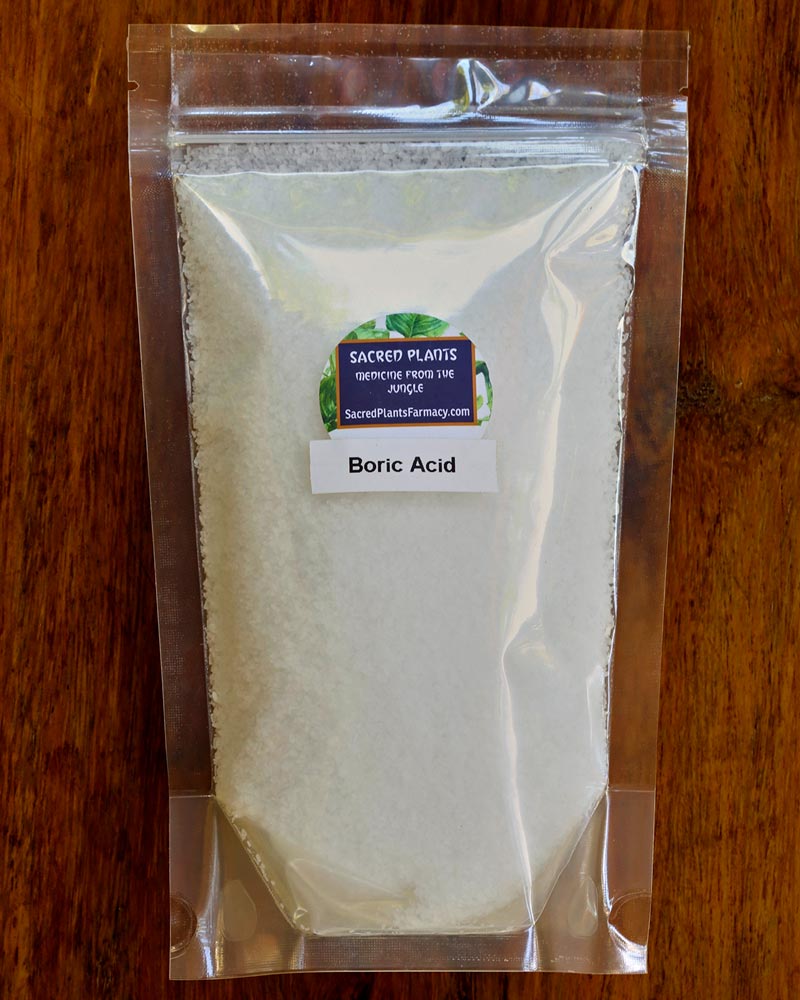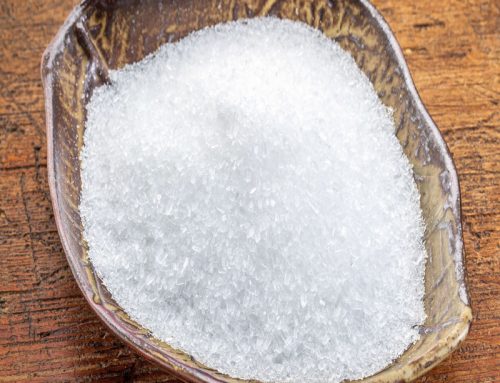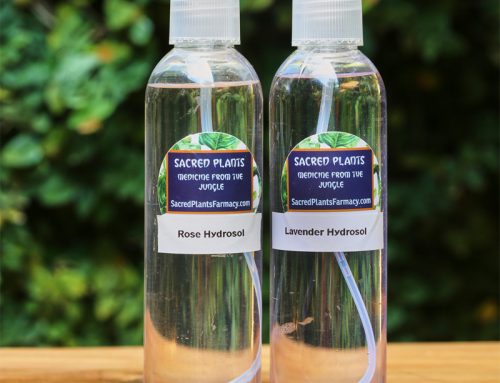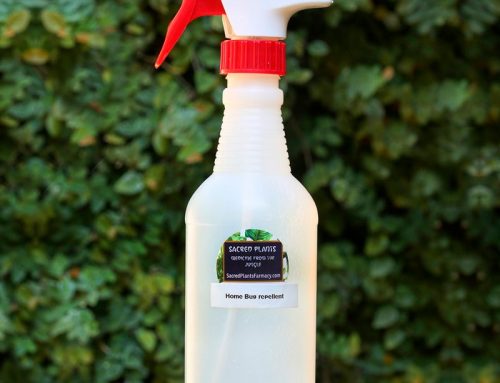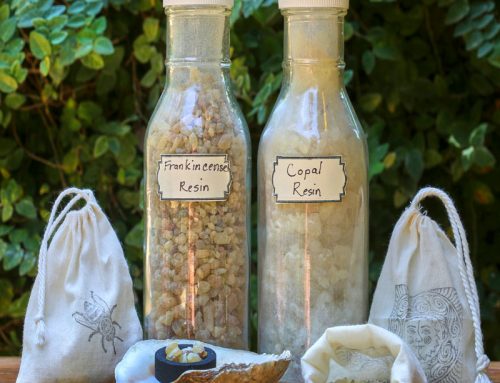- Pest control, kills roaches, ants, fleas, beetles, termites, silverfish, wood bores, and others
- Natural antiseptic, anti-fungal, and astringent
- Cleaning agent, stain remover, disinfectant deodorizer, mold killer and preventer.
Boric acid is a white or clear-coloured, odourless, and tasteless compound.
It is a mild acid which is relatively non-toxic to humans and non-carcinogenic, and a wide variety of uses in the home.
It also is used in cosmetic and pharmaceutical products, in pest control, and even in manufacturing.
Here are the three most common uses of boric acid in the home that we’ve found.
Pest Control
Boric acid is considered one of the most effective and natural way to get rid of those pesky pests in your home. It is used to kill cockroaches, ants, fleas, termites, silverfish, beetles, wood borers, and other parasites.
When ingested, boric acid works as a stomach poison and dries out the insect’s body. It also breaks down the wax on the insect’s outer shell and is absorbed into the body. Unlike with other poisons though, insects don’t develop immunity to boric acid. What’s more, it isn’t a repellent, so they won’t avoid the places where you’ve applied it, but keep coming back and getting poisoned.
You have two options here: you can either buy a pesticide with boric acid as the main ingredient, or you can create your own. Mix equal parts boric acid and flour and dust all over your home, especially in the cracks and corners of your house where they hide. You’ll have to keep the window open while doing this though, to minimize the chance of inhaling the substance. Don’t forget to vacuum after.
The insecticidal powers of boric acid can also be extended to furniture. A mixture of boric acid and water can be sprayed or painted onto wood to protect it against harmful insects like termites or beetles, wood rot, and fungi. Another option is to drill a hole in the wood and insert into it a pellet or water-soluble capsule with boric acid.
Boric acid to kill roaches
Roaches are prolific breeders known to produce several thousand offspring a year. They thrive in dark and damp places, and their favorite in-home living and breeding grounds are under sinks and refrigerators. Roaches usually come out at night. There are many ways to get rid of roaches, but boric acid is the only natural remedy known. If used correctly, boric acid is one of the most effective cockroach control agents available. Although boric acid is non-toxic to humans, it’s highly toxic to roaches. Roaches die shortly after ingesting boric acid.
Here is how to use boric acid to kill roaches:
- Empty the kitchen cabinets and the area under the sink.
- Clean the sink, oven and all cabinets, drawers and countertops with water and a mild detergent.
- Clean behind and under the refrigerator. Remove and clean the pan that collects the defrost water under the refrigerator.
- Fill any holes or crevices in the walls with a foam filler or caulk. Don’t use glue products — roaches eat glue.
- Spread the boric acid all over the kitchen cabinets, drawers, countertops and sink. Make sure you apply it under the sink, oven, refrigerator and dishwasher. Be careful not to inhale the boric acid when applying it. For best results, apply the boric acid at night (when the roaches come out) and leave it until morning. If your house is infested with a lot of roaches, a heavy application may be necessary and you may consider staying out of the house for two to three days.
- Vacuum up any remaining boric acid and clean all the areas where the powder was applied with a wet rag, the next morning. You should be rid of the roaches.
First Aid
Boric acid is a natural antiseptic, anti-fungal agent, and astringent. A teaspoon of boric acid in four ounces of distilled water makes a good wash for wounds, rashes, minor burns, or as an acne treatment. It also relieves the itch from insect bites. A teaspoon in four cups of water can be used to treat sore eyes, irritation, or weird eye discharges.
Because of its anti-fungal properties, it is also used to treat candidiasis or vaginal yeast infections. Simply place boric acid powder into an empty capsule, and insert down there twice a day. The infection is sure to disappear in two to three days. Boric acid dissolved in water is also an effective cure against athlete’s foot and ear infections caused by fungi from swimming pools.
Cleaning agent
Boric acid can also be used as a cleanser, stain-remover, disinfectant, deodorizer, and mould-killer. To remove stains and odor from clothing, simply add half a cup of it to your regular laundry load. You can also use this to clean your sinks, floor, bathroom, and windows. Put half a cup of boric acid into your toilet bowl and leave for 30 minutes. Not only will it remove stains, it will remove the odor too. To deodorize a refrigerator, sprinkle a thin layer of powder on and leave for 15 minutes. Then, wash the powder away and wipe dry.
A mixture of water, hydrogen peroxide, and boric acid can be very effective at removing mould. Spray this on affected areas and scrub away. Make sure to do this while the mould is wet, or the spores will go airborne and cause sicknesses, or transfer to another area.
In the rainy season here in Costa Rica, we get about 150 inches of rain each year. most of it is between June and November, with the heaviest months being Sept. and Oct. I have a simple and easy solution to preventing those white mould spots from forming on the backs of my paintings and frames, dressers, and wood tables.
I combine 3-4 Tablespoons of Boric acid in a 1/2 lt bottle with distilled water to remove and prevent mould in the future. I spray the backs of my paintings, wood head boards, dressers inside and backs, and the undersides of wood tables and chairs. It prevents mould from forming all wet season.

